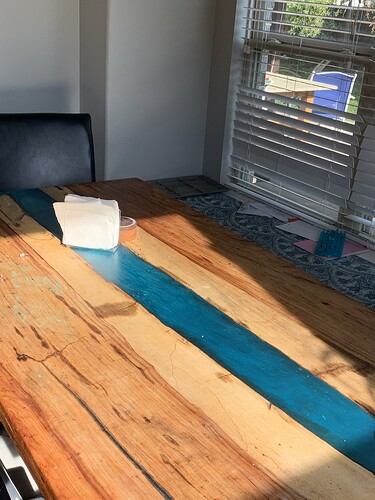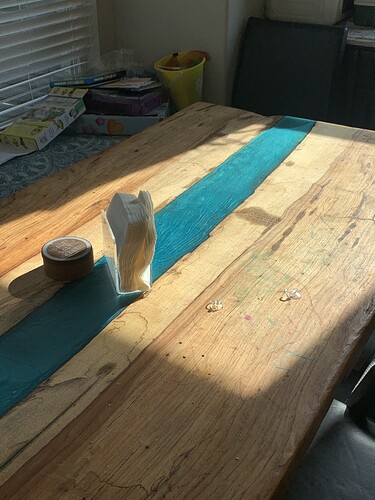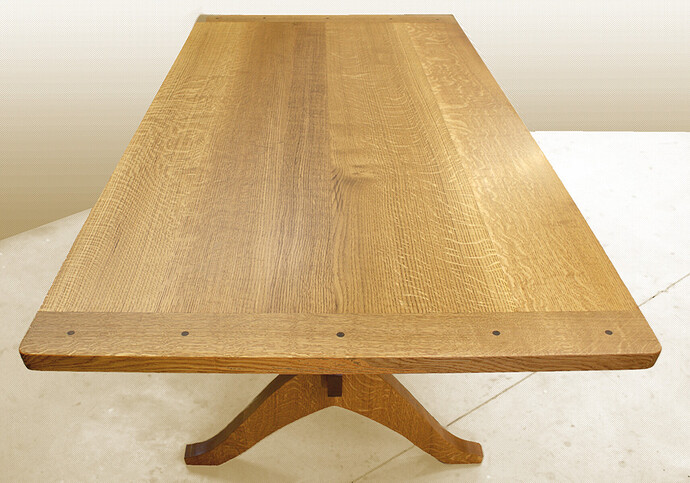I’ve made a table top with hickory in the past and it turned out great. I haven’t had a chance to do pecan but don’t be turned off by the rumors. With some good planning you can make it turn out fantastic!
There’s so much to this topic, more than I can cover in my response but you’re in a great place with a lot of experienced folks with different methods of building this.
Glue up and Alignment
Tongue and groove or dominoes won’t help with warping or cupping. They will certainly help with alignment during glue up but… also aren’t necessary. You could make yourself some clamping Cauls to help with alignment if you’re not comfortable with the other methods. It boils down to what you’re comfortable with. We have the tools at Asmbly for all of these options, so get some rest pieces and have fun experimenting!
There’s a lot of mention here about stable wood and proper clamps. Those are key. Let the wood sit for a bit before you work with it. There’s a lot you can get into here, but patience is key. Do two or more milling stages spread over a few days or more so you don’t take off too much wood at once.
Otherwise this will certainly expose the wood and bring some undesired movements.
Plan your clamps! Do some dry runs, maybe clamp 2-3 boards at a time to help keep everything aligned. A second person will be helpful as the table top is near full. Plan for a little bit of sanding or surfacing after the glue up, so be sure to leave yourself an extra 1/8" or more of thickness depending on your confidence level.
Long Term Support
The end goal is to make sure your table top is constructed in a way to prevent warping and cupping through the seasons.
One option is C-Channels. They screw into the bottom of the table in a way that allows the wood to move without negative distortion.
Another option, for edification, is breadboard ends. This certainly fits a farmhouse look but have a lot more effort involved. There’s some hidden joinery and specifically placed glue spots that keep your top lasting generations without extra hardware.
The last thing is how you’ll attach the table top to the base. Make sure to leave some room for the top to expand and contract. Some examples are z-clips, figure-8 clips, or homemade “buttons” which are similar to the former and can be significantly stronger.
Thickness
I built a few tables with pretty beefy legs, the top came out to about 1.75" thick. I started close to 2". A thick top is nice, but consider the whole table and what you think makes sense. C Channels will need some specific minimum thickness, so check on those if you buy them.
Happy new year and enjoy the build


